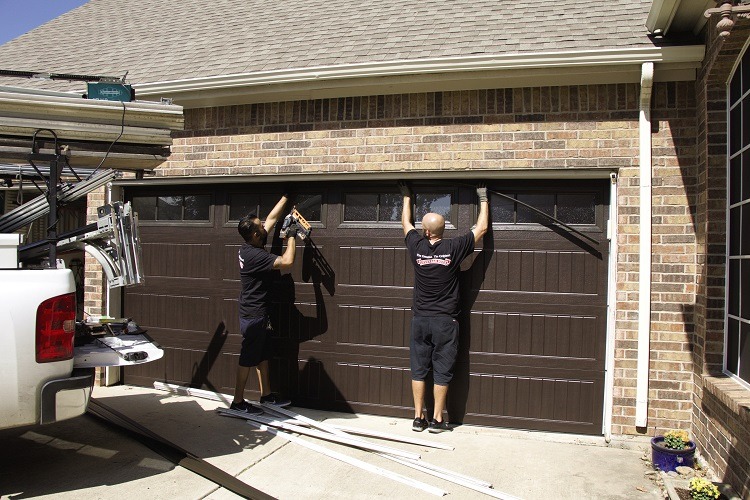Introduction:
Garage door springs play a crucial role in the proper functioning of your garage door, serving as the primary mechanism responsible for lifting and lowering the door. Over time, these springs may wear out, break, or lose their tension, necessitating replacement. In this comprehensive guide, we will delve into the importance of garage door springs, signs of wear and tear, the types of springs, and the step-by-step process of garage door springs replacement.
Understanding the Importance of Garage Door Springs:
Garage door springs are a fundamental component of the garage door system, counterbalancing the weight of the door and facilitating smooth operation. There are two main types of garage door springs: torsion springs and extension springs. Torsion springs are typically mounted above the garage door, while extension springs are installed on the sides. Both types store and release energy to assist in lifting and lowering the door efficiently.
Signs of Worn-Out or Broken Springs:
Recognizing the signs of deteriorating garage door springs is crucial for timely replacement. Some common indicators include:
- Visible Wear and Tear: Inspect the springs for any visible signs of wear, such as rust, corrosion, or fraying.
- Uneven Movement: If your garage door exhibits uneven movement or jerks during operation, it may be a sign of imbalanced or damaged springs.
- Loud Noises: A sudden loud bang or popping sound could indicate a broken spring. This is a clear sign that immediate attention is required.
- Difficulty Opening or Closing: If you notice increased difficulty in opening or closing your garage door, it may be due to weakened or broken springs.
Types of Garage Door Springs:
- Torsion Springs: Torsion springs are mounted horizontally above the garage door. They use torque to lift the door and are known for their durability and stability. Replacement of torsion springs requires specialized knowledge and tools.
- Extension Springs: Extension springs are mounted on both sides of the garage door, stretching and contracting to facilitate movement. They are generally considered easier to replace than torsion springs but require caution.
Step-by-Step Guide to Garage Door Springs Replacement:
- Safety First: Before starting any work, disconnect the power to the garage door opener to avoid accidents. Use safety glasses and gloves to protect yourself from any potential injuries.
- Identify the Type of Springs: Determine whether your garage door has torsion springs or extension springs, as the replacement process varies.
- Measure and Purchase Replacement Springs: Accurately measure the length, diameter, and wire size of the existing springs. Purchase high-quality replacement springs from a reputable supplier.
- Release Tension from Torsion Springs: For torsion springs, use winding bars to release tension by turning the spring shaft. Follow the manufacturer’s instructions to ensure safe and controlled release.
- Remove the Old Springs: Detach the old springs from the brackets and carefully remove them from the garage door.
- Install New Springs: Install the new springs by attaching them to the brackets and securing them in place. Torsion springs require winding to the appropriate tension level.
- Replace Extension Springs: For extension springs, carefully uninstall the old springs and replace them with the new ones. Ensure proper alignment and attachment to the pulleys and safety cables.
- Test the Garage Door: After installation, manually lift and lower the garage door to ensure smooth and balanced movement. Make any necessary adjustments to achieve optimal performance.
- Reconnect the Garage Door Opener: Reconnect the power to the garage door opener and test its functionality. Ensure that the door operates smoothly and without any unusual sounds.
- Regular Maintenance: Implement a regular maintenance schedule, including lubrication of springs and other moving parts, to extend their lifespan.
Conclusion:
Replacing garage door springs is a task that requires careful attention to safety and precision. Understanding the type of springs your garage door uses and recognizing signs of wear and tear are essential for timely replacement. By following a systematic and cautious approach, you can ensure the longevity and optimal performance of your garage door system. If you are uncertain or uncomfortable with the replacement process, it is advisable to seek professional assistance to guarantee a safe and effective outcome.

